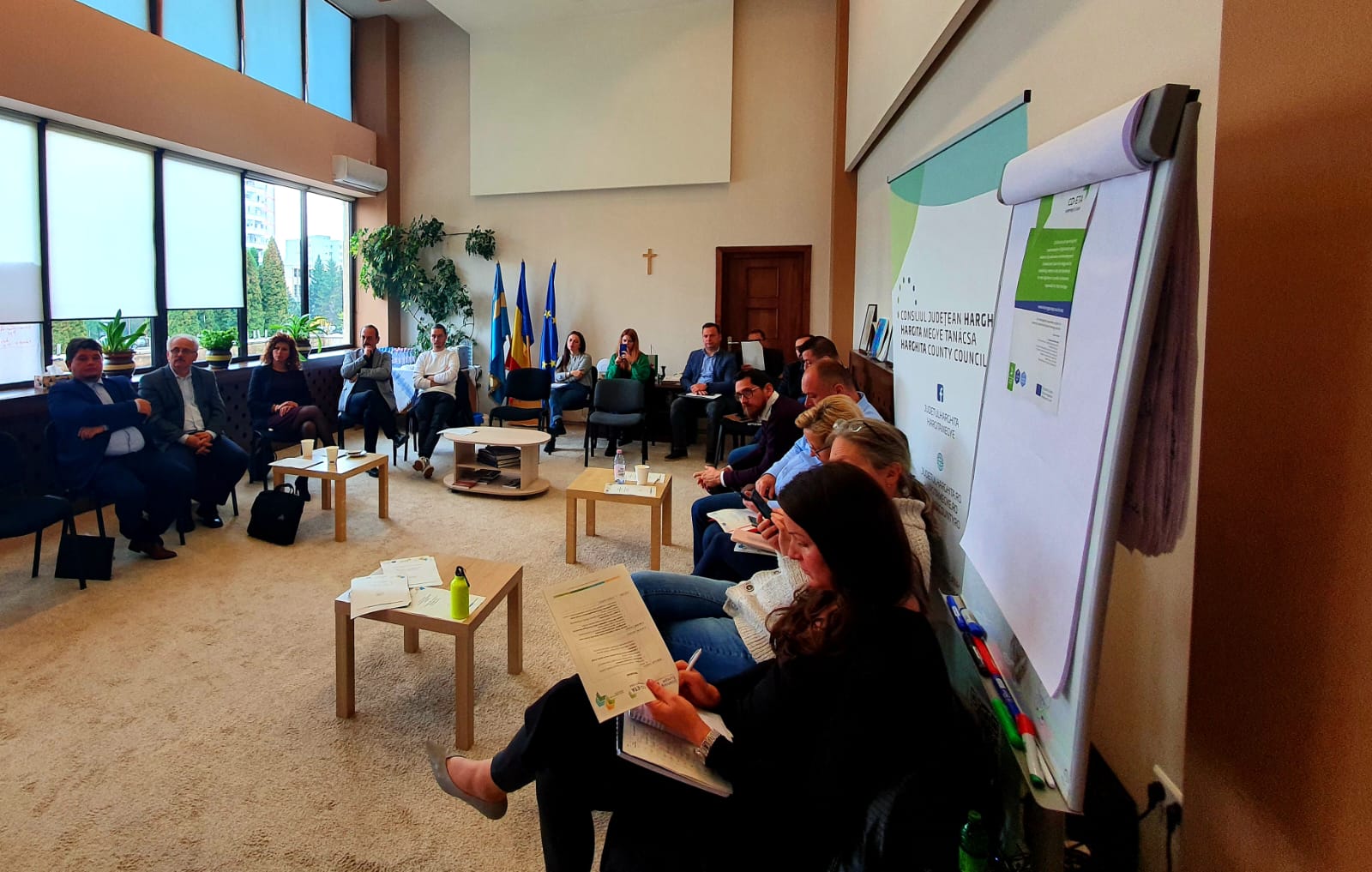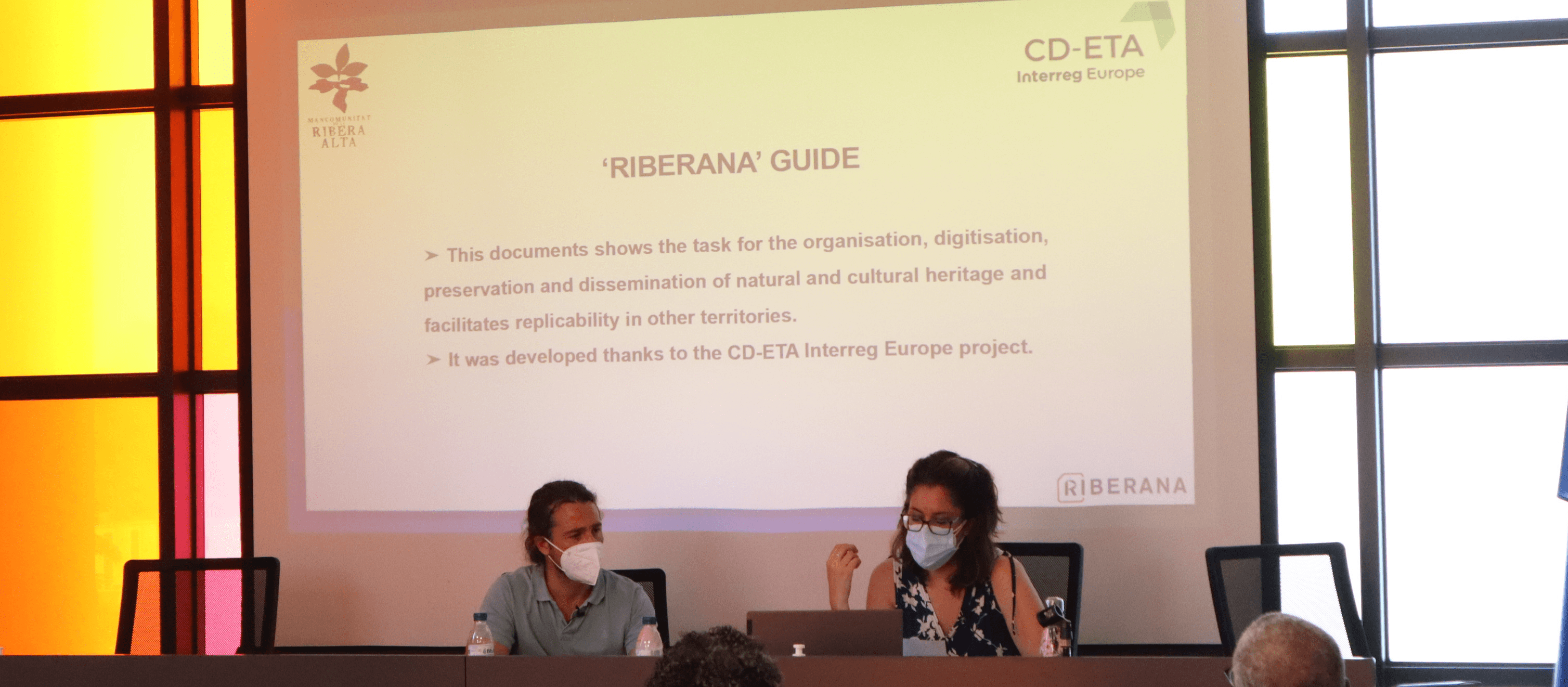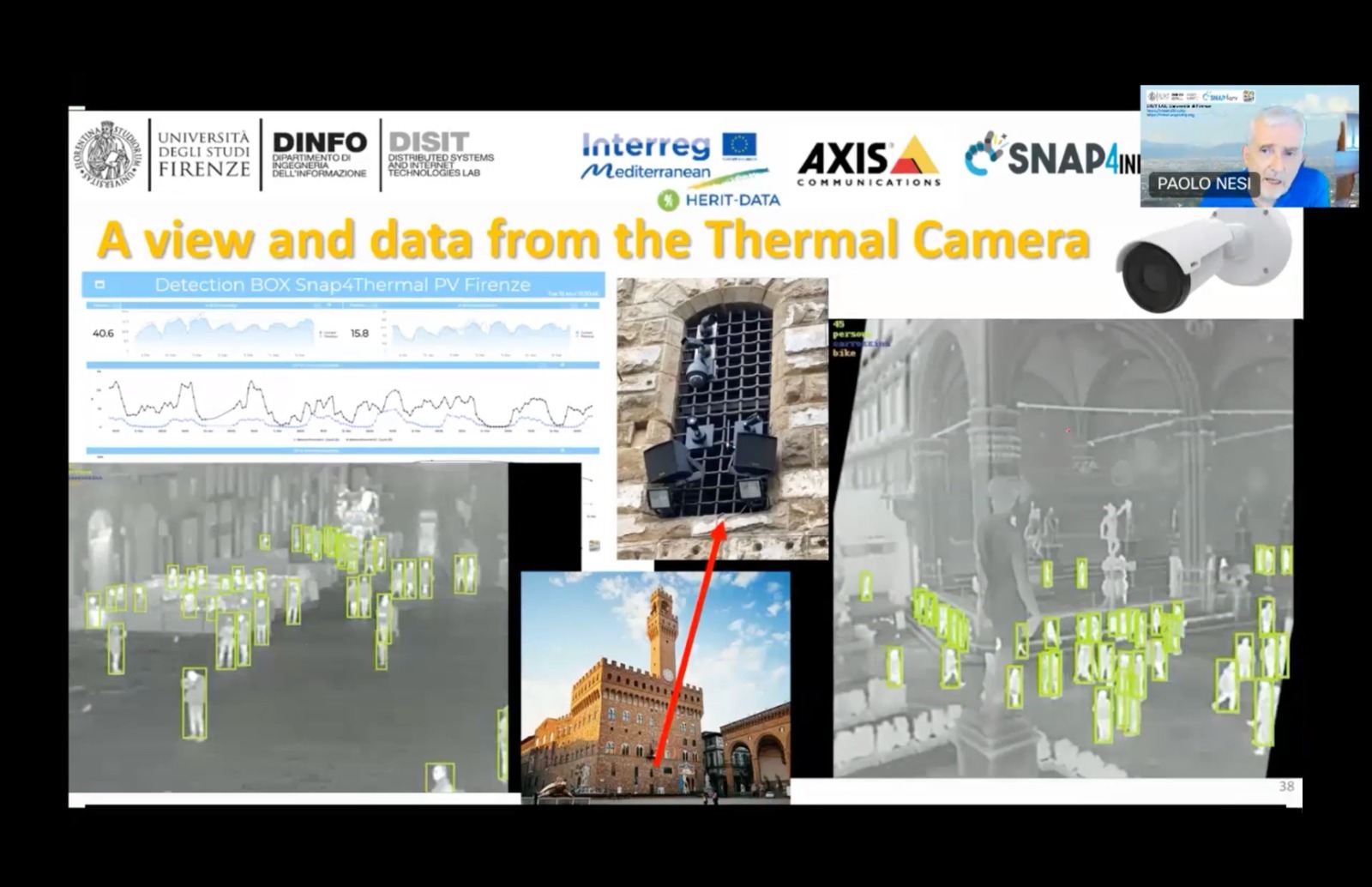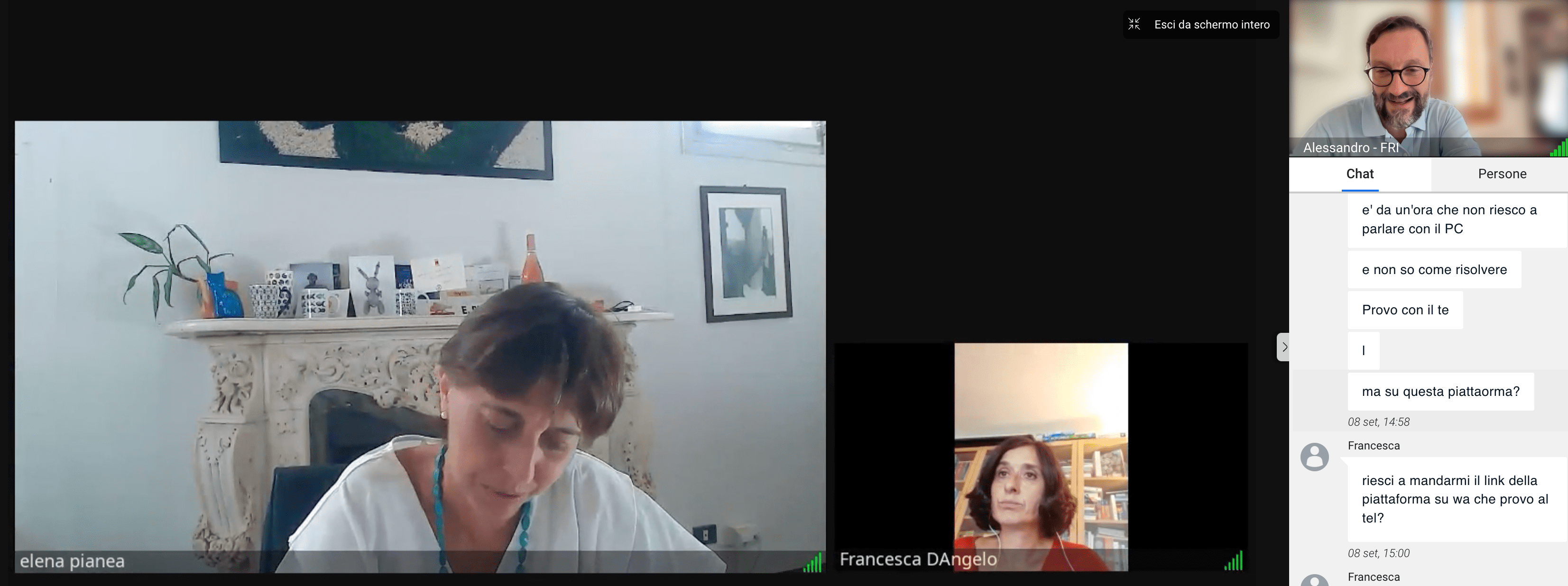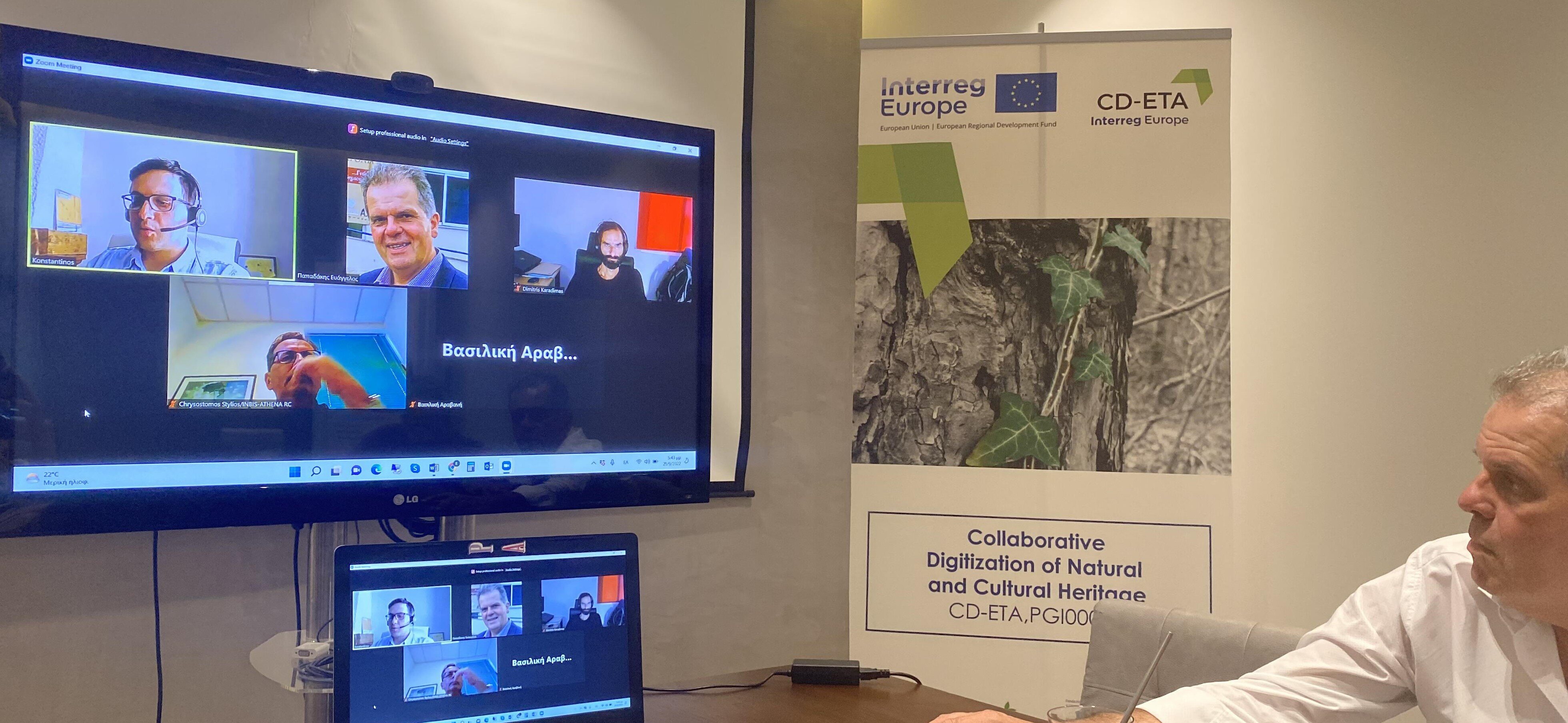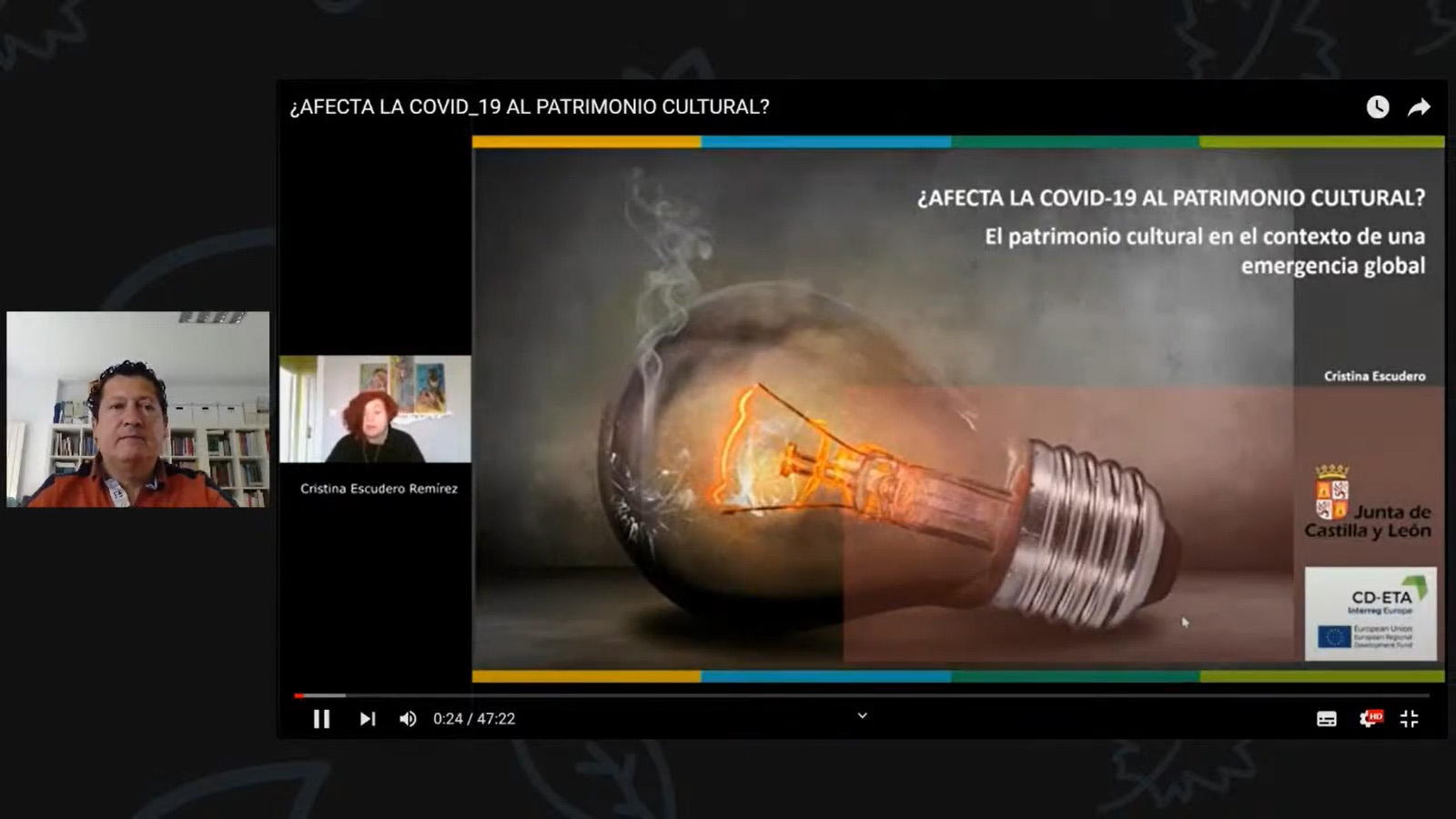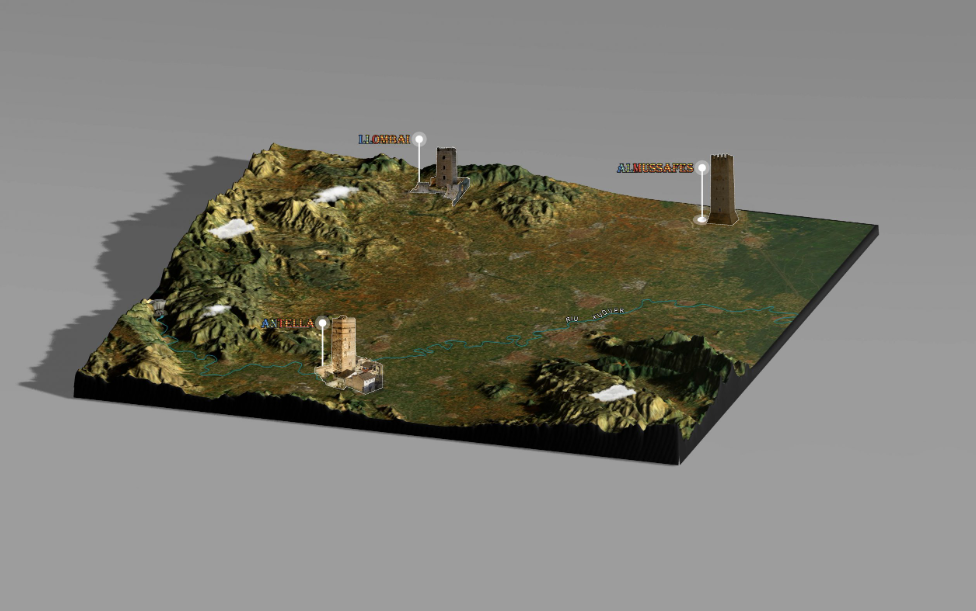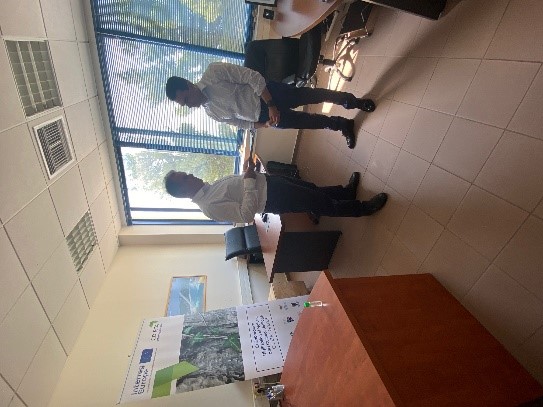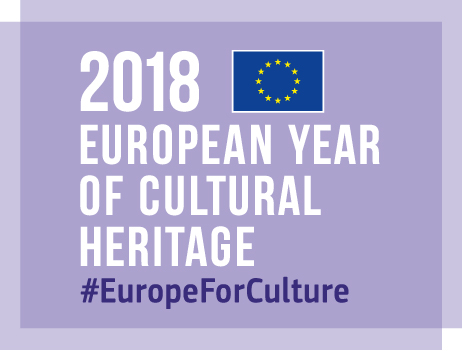The regional institution MANRA (Mancomunitat de la Ribera Alta) has started with the cultural and natural digitalization, which final result will be a big data repository of images, videos and virtual objects who helps in the heritage preservation and its universal access. The experience is part of the program CD-ETA (Collaborative Digitization of Natural and Cultural Heritage), where the Mancomunitat takes part with another European regions.
Some technicians of the Mancomunitat de la Ribera and experts from the Aveiro University (Portugal) made their first fieldworks with some video and images registrations for the first pilot cases of this digitalization experience. The examples chosen were the natural environment of La Murta (Alzira), the Museum de la Festa (Algemesí), and the Xuquer Riverbed in Summacarcer.
Last July, some technical meetings took place to study the potential of the future repository, its access and its implementation in another already existing platforms. The experts used 6 different cameras, and the best software tools to treat the images and work for some final products as virtual visits, 3D objects and 360 Panorama.

The Museum de la Festa (Algemesí) devoted to the Processó de la Mare de Déu de la Salut, declared a UNESCO Heritage Site in 2011 was one of the pilot experiences. The initial idea is to launch a virtual visit with such hotspots as videos, images, explaining recordings or 3D models, giving as much information as possible, involving both scientific data and a good user experience.

The historic route of the natural Park La Murta, Alzira, was chosen as a paradigm of the natural heritage of the region Ribera del Xuquer. Its value is justified both for the flora and fauna and also for the architectonical elements still remaining there. The pilot case will integrate interactive hotspots (3D models, 360 panorama) of some areas usually restricted to public access, as the cloister of the ancient Monastery. The city council in Alzira and Local Museum collaborated in the works. The experts from the Aveiro University were amazed by the heritage richness of this area, La Murta.
The river Xuquer was also part of these pilot cases, and the team was involved in some 360 recording and data analyzing in the course of the river through the small town of Summacarcer. The final documents, both the pilots and the further examples, will be collected in a catalogue which could also be embedded in another website and apps, increasing its touristic value and dissemination.



